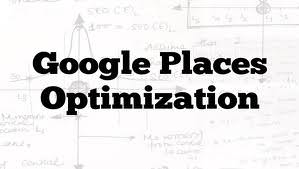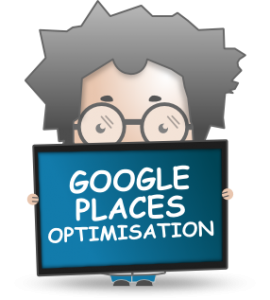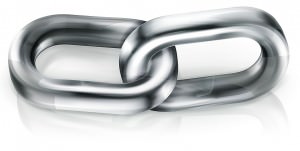Do you own a website? If so, then it is vital that you are utilizing Google Places Optimization (Google Places Optimization) if you wish to generate a lot of traffic to it. After all, if your site is not high in the search engine rankings, people won’t know you exist. However, before you begin, you need to be aware of crucial information. Read the below article to learn more.
First, you should ensure your website URL is “pretty.” A “pretty” URL is one that is easy to remember, easy to read, and likely won’t be broken up by software. This is beneficial for many reasons. First of all, having a good-looking, easy-to-remember URL is more likely to be clicked on by guests. Second, these particular URLs are more likely to be extracted by the search engines than URLs that are not “pretty.”
Steps to Google Places Optimization
 Next, you need to select the right keywords. This process is one of the most important steps of Google Places Optimization. After all, search engines use keywords to match their search results. Therefore, you must ensure your keyword selection is solid. To do this, you need to select keywords that accurately describe your website content. However, you need to avoid using one or two commonly-used keywords because you probably won’t generate results. For instance, if your site is about celebrities, you probably won’t achieve a very high search ranking by using “celebrities” as your keyword. Instead, focus on more specific keywords. For instance, you could use “country music star Carrie Underwood” as your keywords if your website has information about her. This is much more specific.
Next, you need to select the right keywords. This process is one of the most important steps of Google Places Optimization. After all, search engines use keywords to match their search results. Therefore, you must ensure your keyword selection is solid. To do this, you need to select keywords that accurately describe your website content. However, you need to avoid using one or two commonly-used keywords because you probably won’t generate results. For instance, if your site is about celebrities, you probably won’t achieve a very high search ranking by using “celebrities” as your keyword. Instead, focus on more specific keywords. For instance, you could use “country music star Carrie Underwood” as your keywords if your website has information about her. This is much more specific.
Make sure you check out your incoming links to ensure they have the right anchor text. Years ago, you could just select the best keyword phrase and use it for all your anchor text. Nowadays, this just won’t cut it. You need to use new anchor text for each new incoming link. Make sure the anchor text is both unique and relevant to the webpage it is linked to.
Do not forget to include a site map. This particular tool helps search engines read your website. Search engines are not human; therefore, they need more guidance to understand what your site is about. That is why the site map exists. Including a solid site map can dramatically improve your search engine rankings.
Finally, make sure you use good meta tags. Meta tags are brief descriptions of your website content. In other words, these tags should include the most important words of your site. Search engine spiders look at these meta tags when determining the search engine rankings. Although the importance of meta tags have dwindled due to abuse from webmasters, they are still an important factor in your search engine rankings; therefore, you should not neglect them.
Google Places Optimization (Google Places Optimization) is extremely important. Without it, you cannot expect to have success with your website. Make use of the excellent tips outlined in the above article, and you can achieve excellent search engine results, which will lead to a lot of traffic.







